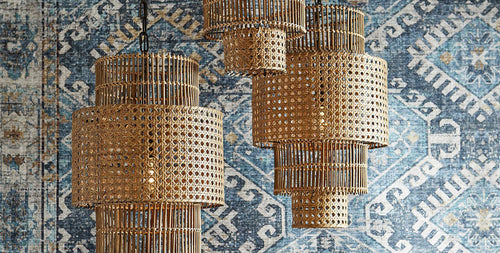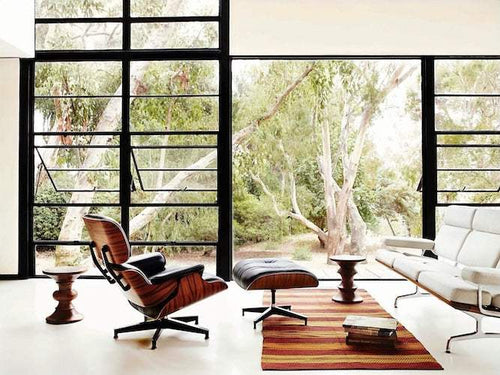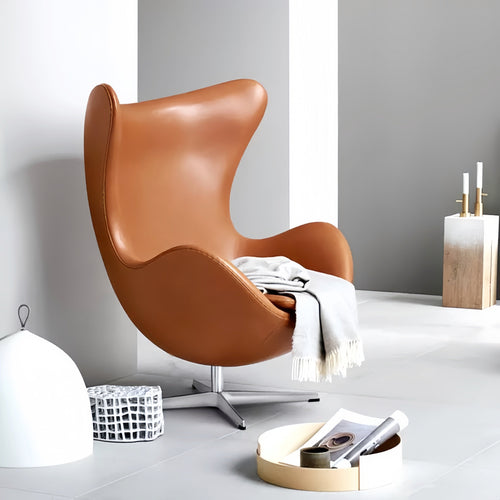Add a warm and inviting ambiance to your home with a hanging lamp. It may seem intimidating, but installing a pendant light is easy with the right knowledge and materials.
Always start with the power off at the breaker box, and then double-check it by testing any outlets or wires you think might have current. Then, identify the neutral white wire in the junction box and connect it to the light fixture’s wire.
Ceiling
Many pendant lights connect to the ceiling by means of a rod or chain link. Others have a decorative cap that can be screwed onto the junction box. For either type of connection, make sure that the electrical wire is trimmed to length. Then feed it through the cap and into the eyelets.
If you have a vaulted ceiling, you'll need to add a hook straight to the end of the cord before it passes through the strain relief. The hang straight, which is available at most hardware stores, takes advantage of the unique slope of your ceiling to keep the cord from kinking as it descends.
When you're ready to attach the fixture, use a socket tester (available at most home centres and hardware stores) to verify that there are no energised wires in the ceiling box. In addition, note which wire in the box is connected to the black fixture wire (it's often color-coded as black or red) and which wire is attached to the white or neutral fixture wire. It's important to replicate these connections in your installation, as incorrectly connecting the two lamp cord wires can cause a shock hazard. You'll also want to add a ground wire, which is usually green or bare copper.

Wires
There are a few different ways to hang a pendant lamp, and the best way depends on the type of ceiling you have. If you have a wood or drywall ceiling, a simple screw-in hook will work. If you have a slanted ceiling, a hook with a 'U' staple nail (see right) will help keep the cord off the floor and help direct it towards the wall outlet. You can also use a small zip tie to secure the cord, although this method is not as strong.
To begin, make sure the power is turned off at your circuit breaker or fuse box. Always be cautious with electricity, and use a voltage tester to double-check that the wires are completely dead before proceeding. Next, decide where you want to place the light and mark the area with a pencil or painter's tape. This will make it easier to see the area you're working on and keep you from accidentally touching live wires.
If your fixture is a loop wiring system, which is the most common type of lighting for residential homes in the UK, you'll have one cable coming from the junction box that takes the live and neutral wires to the lamp holder. This cable will have a terminal block for the live, neutral, and loop wires, so it's important to identify which wire is which before you disconnect it. The neutral wire may have brown sleeves to distinguish it from the live wire, but if not, you should tag it as soon as you open the junction box.
The remaining wires will be the grounding and hot wires. Always grounding the light is a crucial step, and it will protect against lethal shocks in the rare case that electricity makes its way back through the lamp. The grounding wire will be connected to the grounding screw in the outlet box. The other two wires will be twisted together and connected with a wire nut. Make sure the wire nuts are securely fastened and that they don't have any loose sections that could cause a short.
Lampshade
You can use a lampshade in a hanging lamp to add some personality to your room. They come in many different shapes, sizes, and materials, so it’s easy to find one that fits your style. Hanging lamps are also a great way to highlight art, furniture, or other features in your home.

First, select the type of shade you want to use for your DIY pendant lamp. This will help you decide where to hang it in the room and what size it should be. Ideally, you should hang the lamp about 6–8 feet from the floor. If you’re unsure about the height, measure the ceiling and mark it with a pencil. You can also use a tape measure to mark the spot on the ceiling where you want to hang the lamp.
Once you’ve found the perfect shade, it’s time to attach it to the cord set. This is very simple for wooden or plastic shades—ssimply insert the socket threads into the shade hole and then screw on the shade ring. It’s important to add strain relief, too, to ensure that the cord set and shade are secure.

If you’re using a fabric or wire basket, it might take a little more work to get the shape right. You’ll need to carefully cut the top of the basket, remove any loose bits of fabric, and then make sure that the bottom bit of the cylinder is firmly attached.
It’s also a good idea to drill air holes in the shade, especially if you’re using a plastic container. This will prevent the plastic from melting around a high-heat light bulb. You can also consider using low-heat-emitting bulbs, which are safe to use with most types of fabrics.
Once the shade is in place, it’s time to install the light bulb. Make sure you choose the correct fitting for your lamp (bayonet or Edison screw) and consider the wattage you need. After you’ve installed the light bulb, test your lamp to make sure it’s working properly. Then, you can enjoy your new lamp!
Fixture
Before you make any connections to your new fixture, switch off the electricity at the breaker box or fuse panel, and double-check with a voltage tester that the power is completely cut off. Then carefully lift the light fixture to expose its wiring and hardware. Employ a helper to support the fixture as you do this to ensure that it doesn’t fall.
Identify the black (hot) and white (neutral) wires. The black wire usually has silver conductors and is clearly marked as such; the white wire may have writing, squared corners, or ribs or indentations on its insulation. The copper (ground) wire is often easy to identify as well, although this varies by fixture and ceiling type. Sometimes it connects to a green grounding screw on the electrical box; other times, it may run along a screw in the ceiling and wrap around that instead. Refer to your fixture’s instructions for specific guidance on this.

Once you’ve identified the wires, carefully tuck them up into the junction box behind the mounting plate or use an electrician’s tool to fold them neatly up and over the screw heads. Then, secure the ends of each set with a wire nut to prevent any loosening over time. If your new fixture has stranded wire that runs along with the solid wire, be sure to extend the stranded end about 1/8 in. beyond the end of the solid wire, then twist on a wire connector. This keeps the strands from clogging the threads and prevents a tight grip.
Once you’re satisfied that all of the wires are properly tucked and secured, follow the fixture manufacturer’s instructions to mount its ceiling bracket to the junction box and/or the ceiling joists. Depending on the weight of your fixture, you may also need to install a brace box or additional ceiling anchors if the existing box is not designed to support it. It’s important to note that you should never hang a fixture without supporting it; doing so can cause the ceiling and joists to collapse. If you’re unsure about how to proceed, consult a qualified contractor or an experienced handyman.



















































